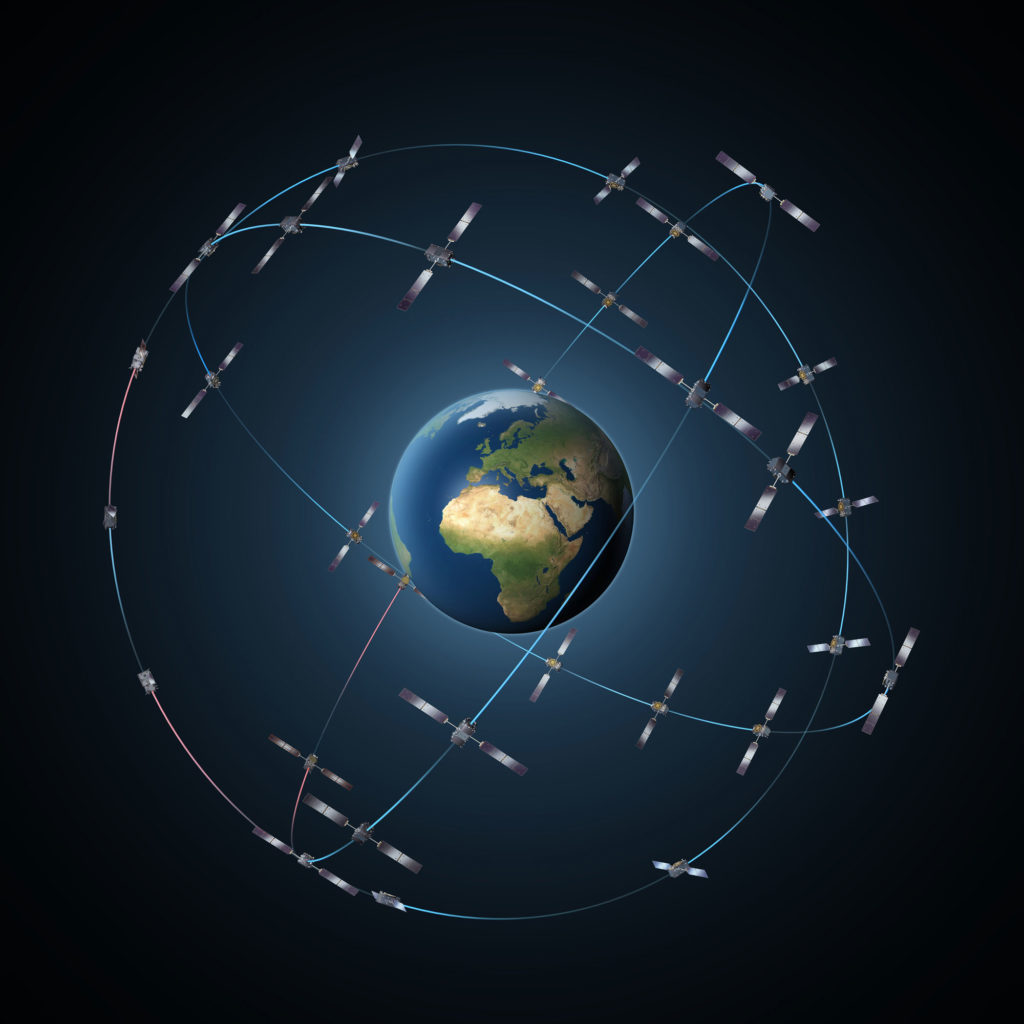Europe’s satellite navigation system at the service of its citizens
The Galileo system consists of two elements – a constellation of satellites in space and a network of ground stations on Earth. Both parts must work together perfectly for Galileo to function reliably and provide high-quality navigation signals. Only then can Galileo take us to our destination with precision in the truest sense of the word. But Europe’s civil satellite navigation system has countless other very diverse applications. For this reason it is hard to imagine our everyday life without it. Galileo plays a key role in business, research and administration, as well as in the daily lives of almost all of Europe’s citizens. This is because Galileo satellites transmit highly accurate signals for timing and positioning. The use of these two important pieces of information is, for example, an integral part of many smartphone apps. Only with Galileo signals is it possible to withdraw money from ATMs. Trading on our stock exchanges and the reliable supply of electricity to our sockets also depend on satellite signals. Aircraft and ships, as well as autonomous cars in the near future, reach their destinations safely thanks to Galileo. These examples show that satellite navigation helps us to manage our everyday lives and at the same time secures critical infrastructure.
Like the internet, satellite navigation shapes our everyday lives. Together with other navigation systems such as GPS, Galileo ensures that more and more navigation satellites can be used. This means that the end user always has ideal availability and accuracy of position, navigation and timing services. The Galileo system began operating in December 2016. All planned services were available by 2021.
Links:
German Aerospace Center (DLR)
Georg Lieth · Email Georg.Lieth@dlr.de
